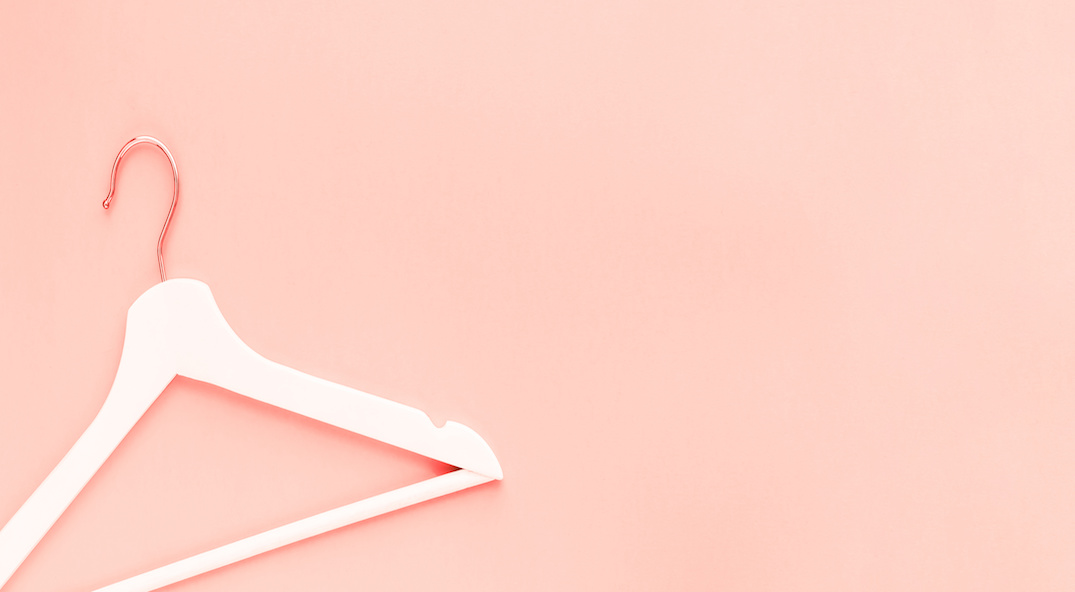Rebecca Minkoff considers herself a millennial designer. A label thrust upon her, the fashion designer is leaning into the term rather than away. “I’ve had the unique experience as a designer to grow up with my customer and go through the same life moments with her,” Minkoff says via email. “If she’s on the younger side of the millennial, I know what she’s about to go through.”
Minkoff is attuned to the experiences of her customers — she goes directly to the source. By embracing social media, bloggers, and influencers before she was supposed to, Minkoff meets her customers where they are at. “This helps me relate to [the customer] in a way that designers from older generations are unable to do.”Minkoff emerged in the fashion world in 2005. Starting with the “Morning After Bag,” this product represented a sort of independent city girl’s whimsy. In an interview with Forbes, Minkoff once said that the bags forged a connection with customers during their “firsts,” their big life moments.
But Minkoff isn’t in her 20s anymore. She’s become a mom and started the Female Founder Collective, all on top of hosting her own podcast and remaining the co-founder and creative director of her name brand for almost 20 years. She has grown up; and so have her customers — but the brand’s philosophy of connecting fashion with how women feel in life’s most important moments has remained unchanged. Rather, what has changed is who that woman is, and how many different versions of herself she will be.
Minkoff views diversity and representation as absolute necessities in both business and day-to-day life. Which is why for her Spring/Summer 2020 New York Fashion Week presentation, Minkoff did things a little differently. Instead of a traditional runway, Minkoff decided to show vignettes of women at work. Thematically, it rested on familiar images we’ve come to expect in a workplace — getting coffee in the morning, typing at a desk, running from meeting to meeting.
“I felt that a two-hour presentation in a series of vignettes would better capture and represent the modern working woman’s wardrobe and her environment versus a traditional runway show,” Minkoff says. The presentation highlighted the working woman, whom Minkoff herself says she’s deeply inspired by, whether it’s the women in her own workplace (there are at least 80) or the women she sees in the world.
Minkoff’s presentation embodied diversity — from using models of all sizes to the different cultures represented. There isn’t one type of woman, or even one type of working woman. What stood out most in the presentation was the working mom breastfeeding her infant child.
The model in Minkoff’s show smiles, looking down at her child still feeding. Still, this is an unnecessarily taboo tableau. A woman can be both competent, and career-driven and a fiercely protective, loving mother. Working mothers have so often been asked to minimize their motherhood and reprioritize their identities in the workplace.
The idea to incorporate this reality of motherhood came to Minkoff as she doing her own daily pump. “I thought to myself, wait a second: we need a nursing/pumping room!” Minkoff hopes that this visibility will encourage other women to do this confidently in their own workplaces if they are able to. “This isn’t the easy path for any mom,” she says. “It’s a huge commitment of time, energy and worry. But I personally believe it has the best outcomes for both if you can stick with it. There is sadly still a stigma around this. As a mother and a founder, I want to help make this part of our new normal as working badass women.”
Ad position: web_incontent_pos1
Minkoff also used size-inclusive models to represent the diversity of bodies that exist in the day-to-day world — and women want to see the fashion industry continue to embrace and amplify this reality.
“Offering extended sizes has long been relevant and a priority for us, but we just needed to find the perfect partner. We found that with Stitch Fix,” Minkoff says. Since 2017, Minkoff’s brand has been working with Stitch Fix, a personal style curating resource to better help Rebecca Minkoff understand its customers. The company began to implement data insights from Stitch Fix into a collection best suited for their customers. “This capsule collection with Stitch Fix is an amazing opportunity to introduce our designs to more women. Our goal is to hopefully continue leveraging Stitch Fix’s data insights and customer feedback to continue expanding our product offerings.”
These instances of diversity do make an impact. No gesture is too small. Perhaps this is Minkoff’s strongest move as a millennial and a designer — not accepting the status quo as it is but forcing this conversation.
“Women want to see other women that look like themselves,” Minkoff says. “I always want my customer to feel that she is being represented. There’s room for everybody; different heights, shapes, colors, sizes and when we all join together, it makes us that much stronger.”
Shopify Plus takes care of all of Rebecca Minkoff’s big shopping moments so that Minkoff can focus on connecting women to their big life moments. To learn more about how brands like Rebecca Minkoff are tackling issues like sustainability, diversity, global perspectives and technology, check out the Shopify Plus Fashion Industry Report.




